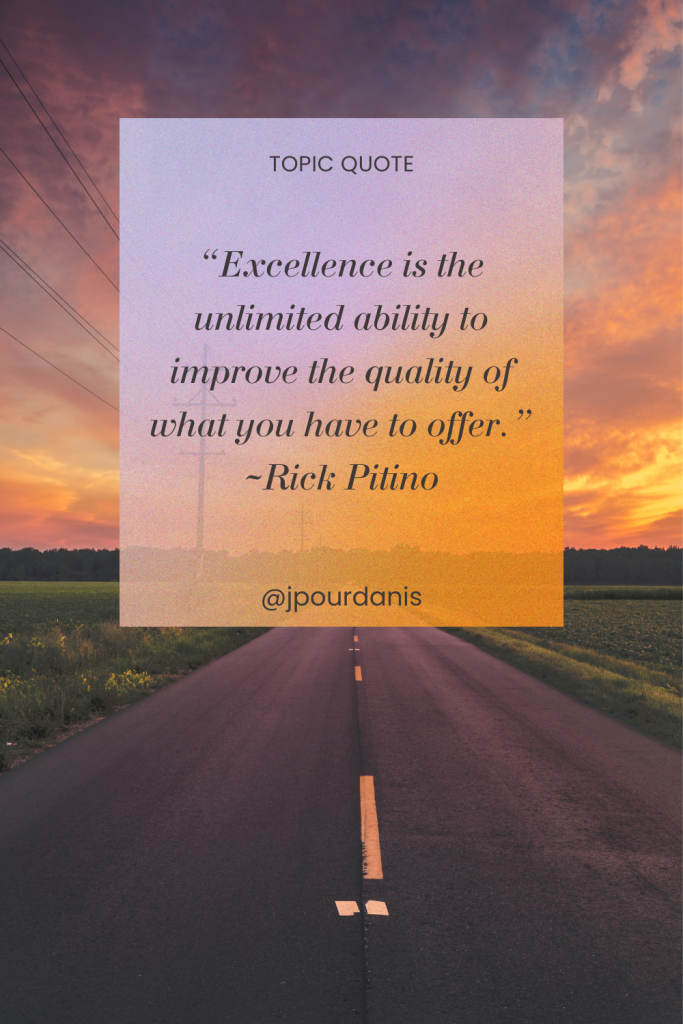So you want to start applying Quality Engineering (QE) practices in your project but don’t know where to begin?
Been there. Whether you’re launching a new product or joining an existing team, embedding quality into the development process can feel overwhelming at first. But here’s the good news: you don’t need to boil the ocean. You can start small — and start now.
Here are a few practical, real-world tips that I’ve seen make a big difference across multiple teams and organizations. Let’s break them down:
🔹 Small Changes. This is the red line.
Start with incremental improvements. Don’t try to introduce full-blown test automation, process overhauls, and documentation in one sprint. Instead, pick one or two areas where you can inject quality without disrupting flow. This mindset of continuous improvement is what truly defines modern quality engineering.
🔹 Architectural Decisions via RFCs, ADRs, or Committees
Quality starts with good design. Encourage your team to formalize architectural decisions using Request for Comments (RFCs) or Architecture Decision Records (ADRs). If the stakes are high, loop in an architecture committee. These artifacts help align technical vision, prevent knowledge silos, and reduce rework later.
🔹 API Style Guide
Consistency in APIs isn’t just a backend thing — it’s a user experience. Define a style guide that ensures your APIs are intuitive, predictable, and developer-friendly. Consistent error formats, naming conventions, and versioning make integration easier and reduce bugs due to misunderstandings.
🔹 Reusable UI Components in a Design System
Standardizing UI elements via a design system promotes both design and functional consistency. It speeds up development, prevents regressions, and lets your team focus on user experience — not pixel-pushing. Quality at scale is much easier when everyone is playing with the same Lego set.
🔹 Early Verification of Design Assets
Before implementation begins, review designs for usability, accessibility, and edge cases. Catching issues early is way cheaper than fixing them later. QA should be at the design table — not just waiting for something to test.
🔹 Robust Code Reviews & Static Analysis
Treat code review as a quality gate, not a formality. Look for potential bugs, unclear logic, missing tests, and adherence to standards. Add static analysis tools to enforce rules automatically. These are your safety nets — use them well.
🔹 Smart Test Automation Strategy
Not all code needs automation. Shocking, I know. Focus on automating high-value tests — those that are run frequently, cover critical paths, or would be hard to test manually. If you’re still validating an idea, use canary releases or observability to guide your quality checks. Optimize your effort, not just your test count.
🔹 Clear Acceptance Criteria (Functional + Non-functional)
Well-written acceptance criteria act as a shared definition of done. Don’t just write “the user can log in.” Clarify expected behavior under edge cases, performance needs, error handling, and include test examples. This reduces ambiguity and makes both development and testing more effective.
🧩 Wrapping It Up
Quality Engineering isn’t a toolset — it’s a mindset. By embedding quality throughout the development lifecycle, you create a more resilient, user-friendly, and maintainable product. Start small, stay consistent, and grow your practices as your team evolves.
Got your own tips or lessons learned the hard way? Let’s talk shop in the comments.
— A QA who loves clean APIs, short feedback loops, and long espresso shots.

